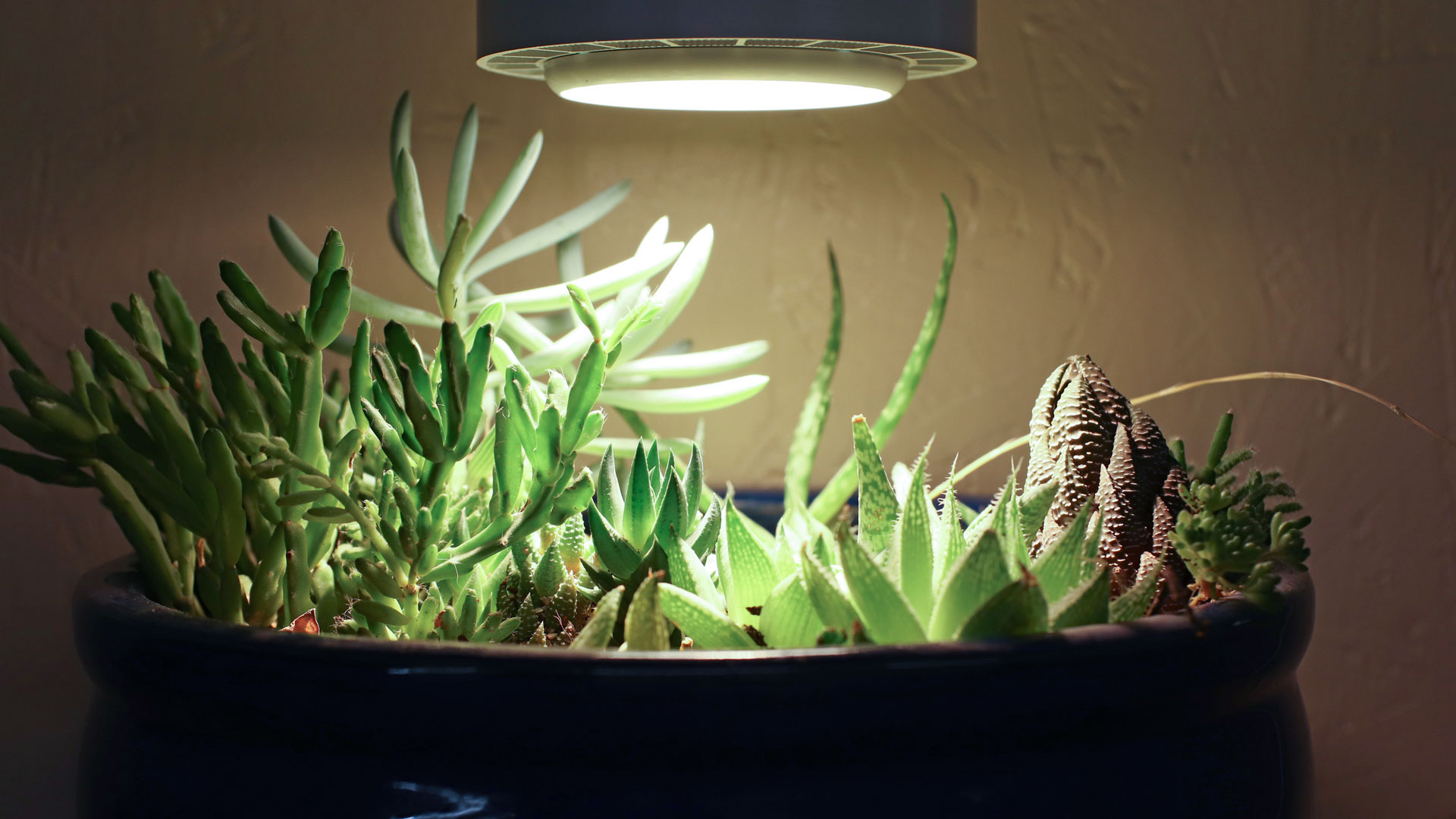Home>Gardening Techniques>Plant Care>How Much Sun Do Sunflowers Need


Plant Care
How Much Sun Do Sunflowers Need
Published: December 17, 2023
Learn about the sunflower's sunlight needs and essential care tips. Discover how much sun is ideal for healthy sunflower growth.
(Many of the links in this article redirect to a specific reviewed product. Your purchase of these products through affiliate links helps to generate commission for Chicagolandgardening.com, at no extra cost. Learn more)
Table of Contents
Introduction
Sunflowers, with their vibrant yellow petals and impressive height, are a beloved addition to gardens and landscapes. Their ability to turn and face the sun throughout the day has captivated the admiration of many. To ensure the successful growth and blossoming of these iconic flowers, understanding their sunlight requirements is paramount.
Sunflowers (Helianthus annuus) are heliotropic plants, meaning they track the movement of the sun across the sky, a phenomenon known as solar tracking. This unique characteristic makes them highly dependent on sunlight for various physiological processes, including photosynthesis and growth. As such, providing the appropriate amount of sunlight is crucial for cultivating healthy and robust sunflowers.
In this comprehensive guide, we will delve into the specific sunlight requirements of sunflowers, the factors that can impact their growth in relation to sunlight, and valuable tips for ensuring they receive the optimal amount of sunlight. Whether you are a seasoned gardener or a beginner with a newfound passion for cultivating sunflowers, this article will equip you with the knowledge and insights needed to foster thriving sunflower blooms in your garden.
Sunlight Requirements
Sunflowers are categorized as full-sun plants, meaning they thrive in direct sunlight for the majority of the day. Ideally, sunflowers require a minimum of 6-8 hours of direct sunlight to support their optimal growth and flowering. When provided with an ample amount of sunlight, sunflowers exhibit vigorous growth, sturdy stems, and large, vibrant blooms.
It is important to note that while sunflowers are highly resilient and adaptable, insufficient sunlight can impede their development and lead to stunted growth and smaller flowers. Inadequate sunlight may also result in sunflowers leaning towards the available light source, a phenomenon known as phototropism, as they strive to maximize their sun exposure.
Understanding the sunlight requirements of sunflowers is essential for strategically planning their placement in the garden or landscape. Selecting a location that receives abundant sunlight throughout the day is crucial for ensuring the successful cultivation of these striking flowers. Additionally, the angle of sunlight exposure should be considered, as sunflowers benefit from consistent and evenly distributed sunlight to support their heliotropic behavior.
As we continue to explore the significance of sunlight in the growth of sunflowers, it becomes evident that meeting their specific sunlight requirements is fundamental to nurturing healthy and thriving plants.
Factors Affecting Sunflower Growth
Several factors can significantly influence the growth and development of sunflowers in relation to sunlight. Understanding these factors is instrumental in creating an optimal environment for sunflower cultivation.
- Soil Quality: The quality of the soil directly impacts the ability of sunflowers to absorb essential nutrients and moisture. Well-draining, nutrient-rich soil is ideal for supporting robust sunflower growth, as it facilitates the uptake of water and nutrients vital for their development.
- Temperature: Sunflowers thrive in warm temperatures, and their growth can be hindered by prolonged exposure to cold or frost. Adequate sunlight contributes to maintaining the ideal temperature for sunflower growth, especially during the germination and flowering stages.
- Watering Practices: Proper watering is crucial for sunflowers, and sunlight plays a role in regulating soil moisture levels. Excessive shade caused by nearby structures or vegetation can lead to waterlogging, while adequate sunlight promotes balanced soil moisture levels essential for healthy root development.
- Competition for Sunlight: Surrounding vegetation, structures, or obstacles can create shading and obstruct the sunlight reaching sunflowers. Competing for sunlight can negatively impact the growth and posture of sunflowers, emphasizing the importance of providing unobstructed access to sunlight.
By recognizing and addressing these factors, gardeners and enthusiasts can proactively create an environment that maximizes the potential for robust sunflower growth. The interplay between sunlight and these influential factors underscores the significance of sunlight in fostering the flourishing development of sunflowers.
Tips for Providing Adequate Sunlight
Ensuring that sunflowers receive the necessary amount of sunlight is essential for their overall health and development. Implementing the following tips can help optimize sunlight exposure for sunflowers, promoting robust growth and vibrant blooms:
- Strategic Planting: When selecting a location for planting sunflowers, choose an area that receives ample sunlight throughout the day. Avoid areas with prolonged shade or obstructions that can limit sunlight exposure.
- Pruning Surrounding Vegetation: Trimming or removing nearby vegetation, especially tall or dense plants, can minimize shading and enhance the amount of sunlight reaching the sunflowers.
- Utilizing Reflective Surfaces: Placing reflective surfaces, such as light-colored stones or mulch, near sunflowers can help redirect and amplify sunlight, increasing their overall exposure to light.
- Optimizing Watering Practices: Maintaining appropriate soil moisture levels through mindful watering practices can support healthy root development, enabling sunflowers to effectively utilize available sunlight for growth.
- Utilizing Raised Beds or Containers: If gardening in limited sunlight areas, consider using raised beds or containers to elevate sunflowers, maximizing their access to sunlight above potential obstructions.
By incorporating these strategies, gardeners can create an environment that maximizes sunlight exposure for sunflowers, thereby nurturing their growth and enhancing the vibrancy of their blooms. These tips empower individuals to proactively address sunlight-related challenges and optimize the conditions for cultivating flourishing sunflowers.
Conclusion
Understanding the sunlight requirements of sunflowers and the factors influencing their growth in relation to sunlight is pivotal for cultivating thriving and vibrant blooms. Sunflowers, with their remarkable heliotropic behavior, depend on ample sunlight to support essential physiological processes and overall development. By providing the optimal amount of sunlight and addressing potential challenges related to sunlight exposure, gardeners can create an environment that nurtures the robust growth and flourishing beauty of sunflowers.
From strategic planting to mindful pruning and the utilization of reflective surfaces, there are various approaches to ensure that sunflowers receive the adequate sunlight they require. By implementing these tips and considering the interplay between sunlight, soil quality, temperature, and competition for sunlight, individuals can proactively create an environment conducive to the successful cultivation of sunflowers.
As we celebrate the resilience and natural beauty of sunflowers, it is evident that sunlight plays a central role in their journey from seed to striking bloom. By embracing the significance of sunlight in the growth of sunflowers, enthusiasts and gardeners alike can embark on a rewarding and fulfilling endeavor, witnessing the vibrant transformation of these iconic flowers under the nurturing embrace of the sun.









